Jawai
The Leopard Country: A Deep Dive into Jawai Bandh’s Unique Story
Jawai Bandh, located in the rugged Aravalli hills of Rajasthan, is not just a dam; it’s a vibrant ecosystem and a captivating testament to nature’s resilience and a unique relationship between humans and wildlife. Unlike the grand palaces and forts of other Rajasthani cities, Jawai’s story is written in its ancient granite hills, the life-giving waters of its dam, and the silent, majestic leopards that roam its landscape.
The Foundation: Engineering Marvel and Lifeblood (Mid-20th Century)
The primary reason for Jawai Bandh’s existence is the Jawai Dam, a significant feat of engineering constructed across the Jawai River, a tributary of the Luni River. The dam’s construction began in 1946 and was completed in 1957, during the pre- and post-independence era.
The vision behind the Jawai Dam was to provide a crucial water source for irrigation and drinking water to the arid Pali district and surrounding regions, transforming a parched landscape into a more arable and habitable area. It quickly became the largest dam in western Rajasthan, serving as a vital lifeline for agriculture and local communities.
Emergence as a Wildlife Haven: The Leopard’s Domain
While initially built for water management, the unique geological formation around Jawai Bandh – characterized by ancient granite rock formations, caves, and scattered vegetation – inadvertently created an ideal habitat for a thriving population of Indian Leopards. These elusive big cats adapted remarkably to the rocky outcrops and human presence, becoming the silent rulers of this unique ecosystem.
-
Coexistence with Humans: One of the most fascinating aspects of Jawai is the harmonious coexistence between its local communities, particularly the Rabari herdsmen (a pastoral community), and the leopards. The leopards rarely attack livestock or humans, and the local people hold a respectful, almost sacred, view of these wild animals. This rare balance makes Jawai a unique conservation success story.
-
Avian Paradise: Beyond leopards, the dam’s reservoir also became a crucial wintering ground for a multitude of migratory birds, transforming it into a birdwatcher’s paradise. Flamingos, sarus cranes, geese, and various other species flock to its waters, adding to the region’s biodiversity.
Post-Independence and Tourism Development (Late 20th – 21st Centuries)
Following India’s independence, the significance of Jawai as a water resource continued. In recent decades, its unique wildlife offering, particularly the high probability of leopard sightings, has brought it to the forefront of Rajasthan’s tourism map as a niche wildlife destination.
-
Leopard Safaris: The rise of responsible wildlife tourism has led to the development of specialized leopard safaris, offering visitors a chance to witness these magnificent creatures in their natural habitat, often against the backdrop of stunning sunrise or sunset views over the granite hills.
-
Community Engagement: Local communities are increasingly involved in tourism initiatives, providing opportunities for visitors to learn about the Rabari culture and their traditional way of life.
Jawai Today: A Blend of Nature, Culture, and Conservation
Jawai Bandh stands today as a remarkable example of how human infrastructure can unexpectedly foster a thriving natural environment. It’s a place where ancient rocks tell geological tales, a man-made lake sustains life, and leopards roam freely, creating a compelling narrative of coexistence. It offers a different, wilder side of Rajasthan, far removed from the bustling cities and grand palaces, yet equally enchanting.
- Destination Jawai Bandh
- How to Reach Airport / Railway Station / Bus Stand
- Included Food Hotel Stay
- Not Included Monumental Charges
Tour Plan
Wildlife & Safari
Granite Hills & Landscapes
Local Culture & Coexistence
Tour Location
Location info
Reaching Jawai Bandh: A Wildlife Destination Jawai Bandh, known for its unique leopard sightings and scenic beauty, is accessible from major Indian metro cities. While it doesn't have its own airport, it's well-connected by train and road.
How to Reach Jawai Bandh from Metro Cities: 1. From Delhi (National Capital Region):
Distance: Approximately 635-670 km. Transport Mediums: By Train: Several trains connect Delhi to Jawai Bandh (JWB) or Falna (FA), the nearest major railway station. The journey takes around 10-12 hours. By Road: A road trip would take approximately 11-12 hours. 2. From Mumbai (Financial Capital):
Distance: Approximately 750-780 km. Transport Mediums: By Train: Several trains connect Mumbai to Jawai Bandh (JWB). The journey takes approximately 12-14 hours. By Road: A road trip would take approximately 11-12 hours. By Air: The fastest way is to fly to Udaipur (UDR) and then take a taxi to Jawai Bandh. 3. From Kolkata (Cultural Capital):
Distance: Approximately 1600-1850 km. Transport Mediums: By Train: Train journeys are long, taking over 30 hours. By Air: Fly to Udaipur (UDR) or Jodhpur (JDH), then take a train or taxi to Jawai Bandh. 4. From Bengaluru (IT Hub):
Distance: Approximately 1500-1700 km. Transport Mediums: By Train: Direct trains are available, with a journey time of around 36-40 hours. By Air: Fly to Udaipur (UDR) or Jodhpur (JDH), then take a train or taxi to Jawai Bandh.

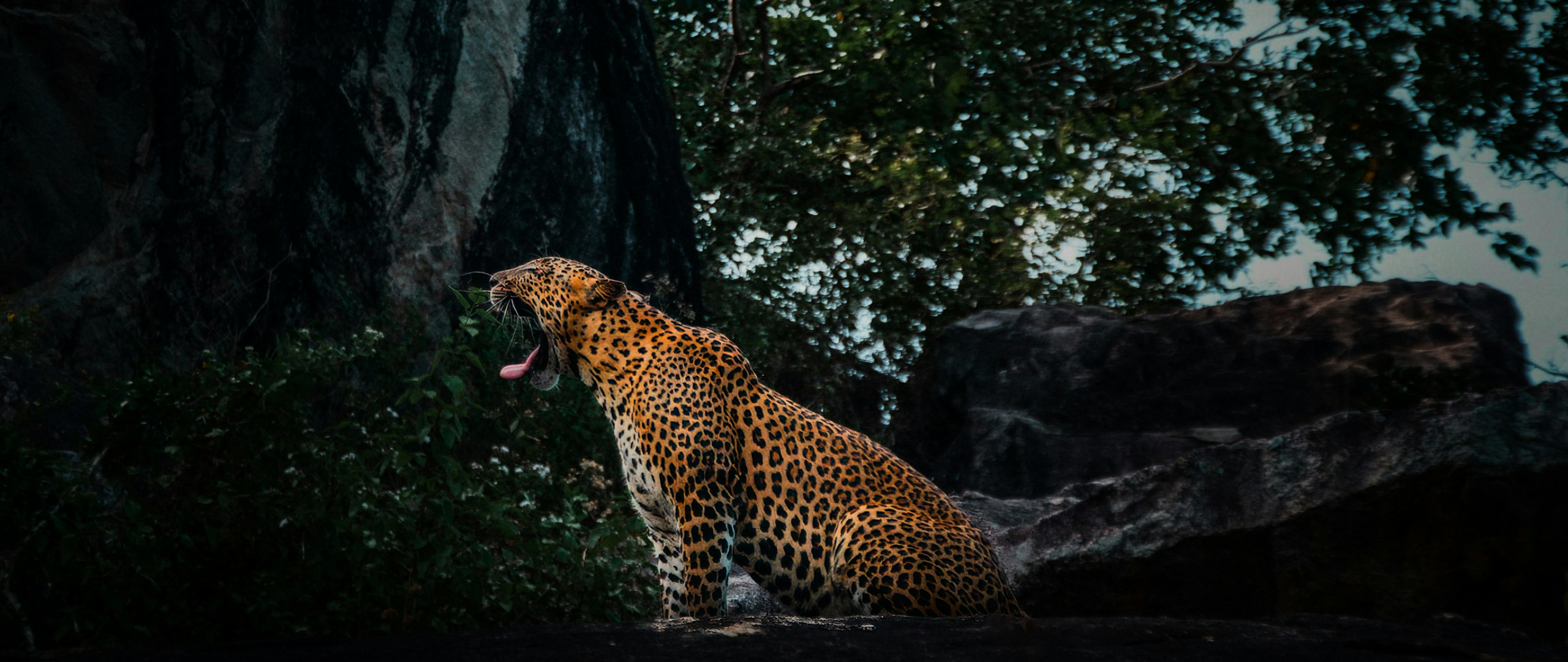
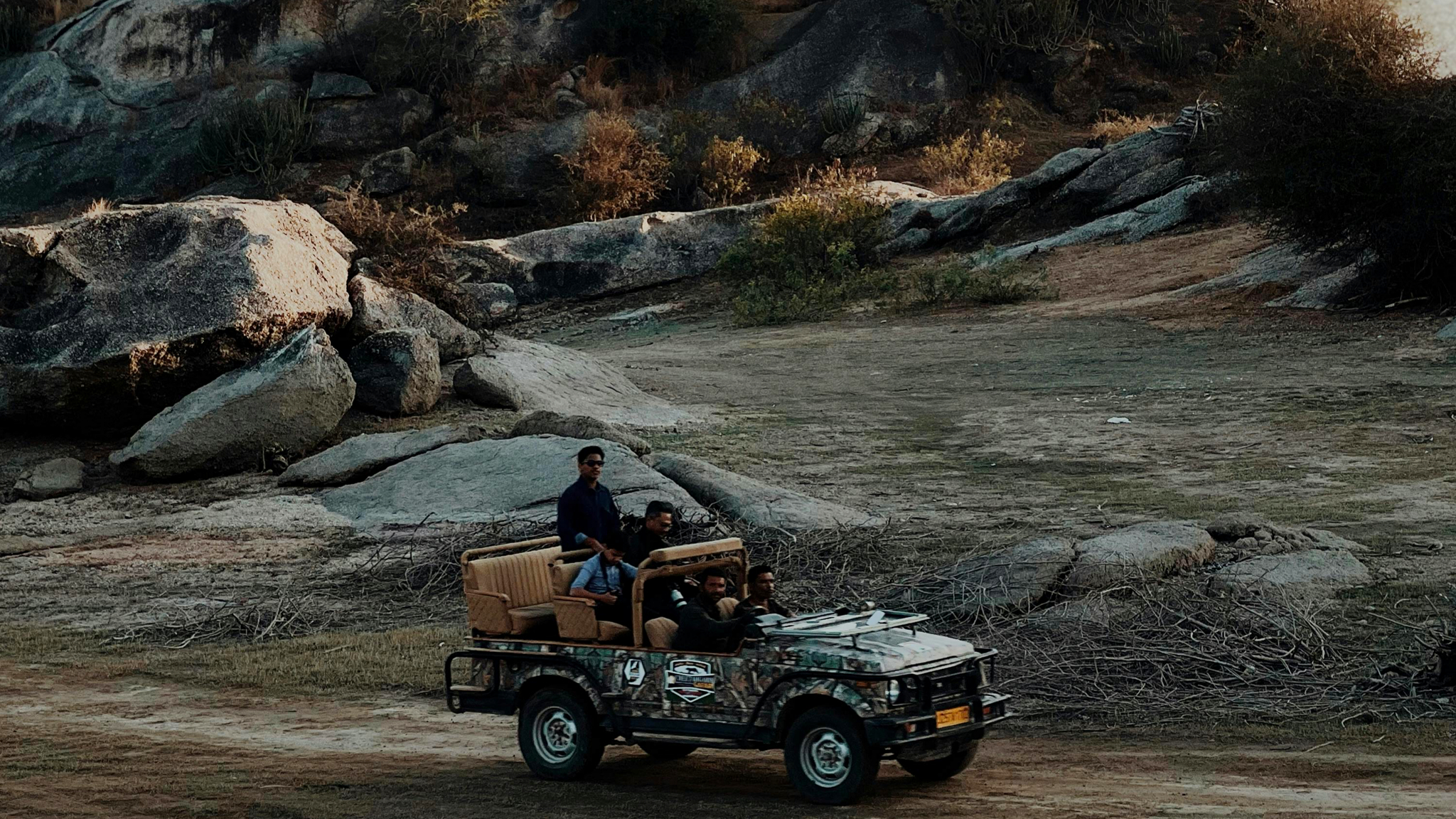
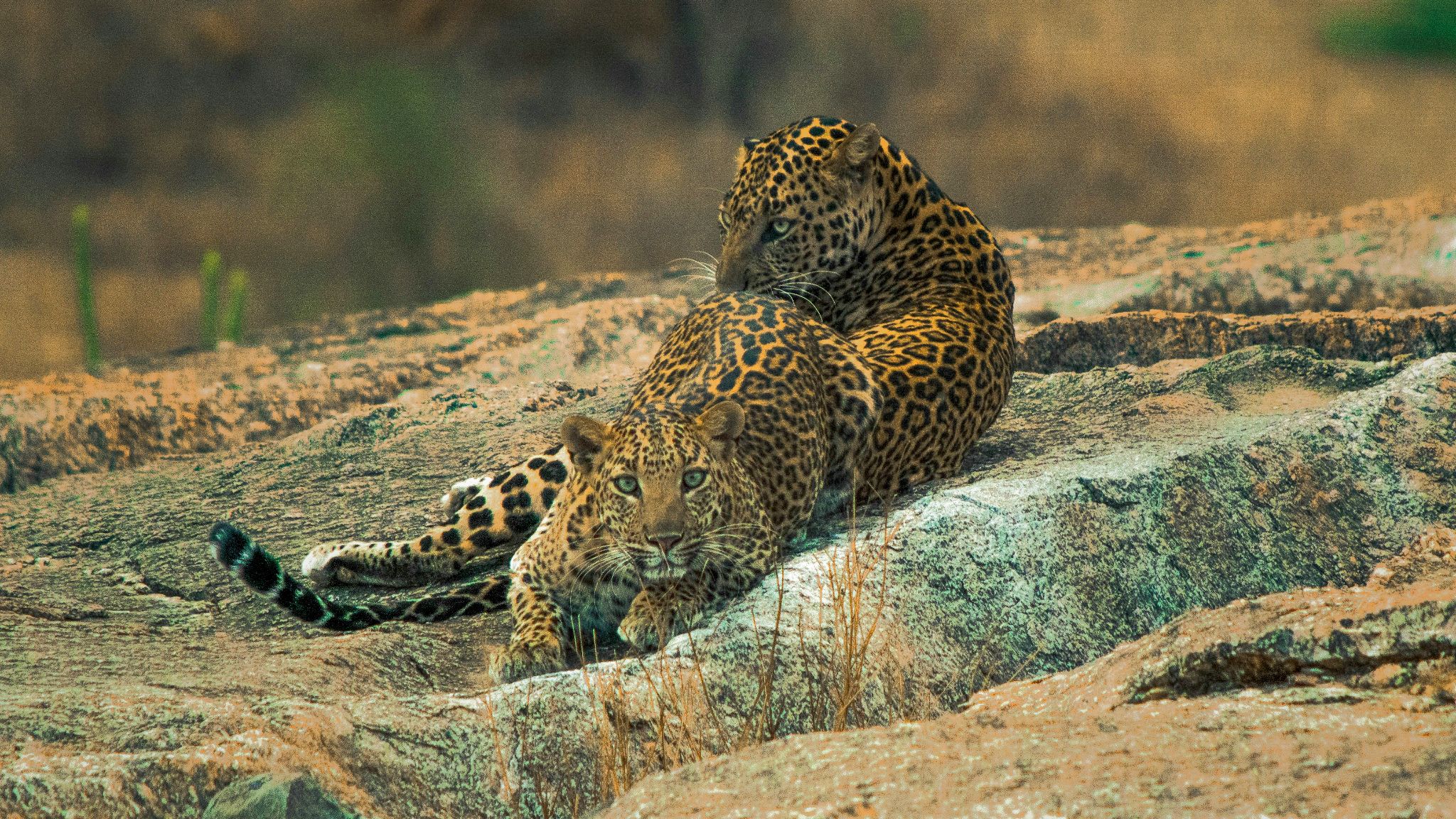
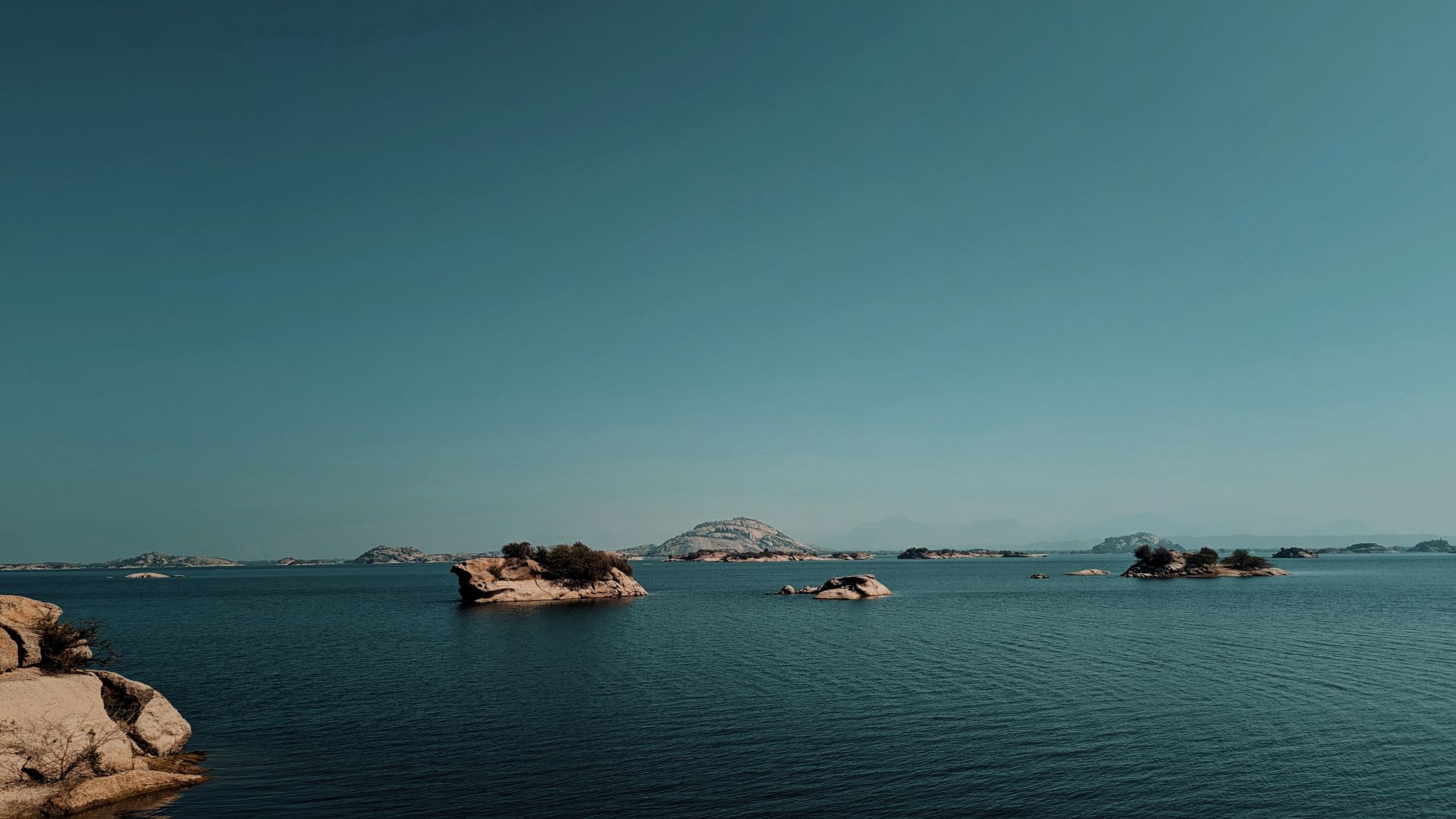
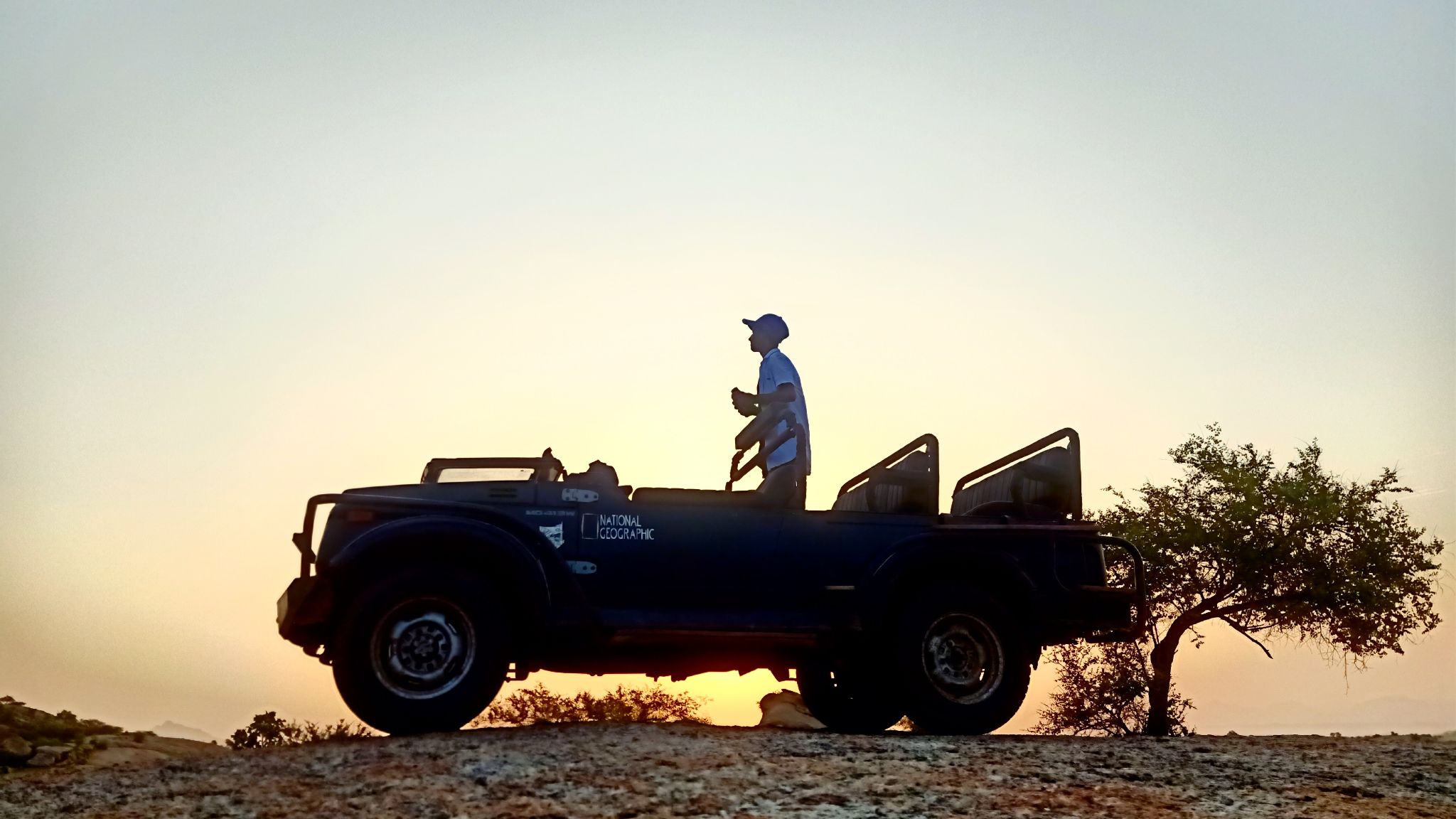
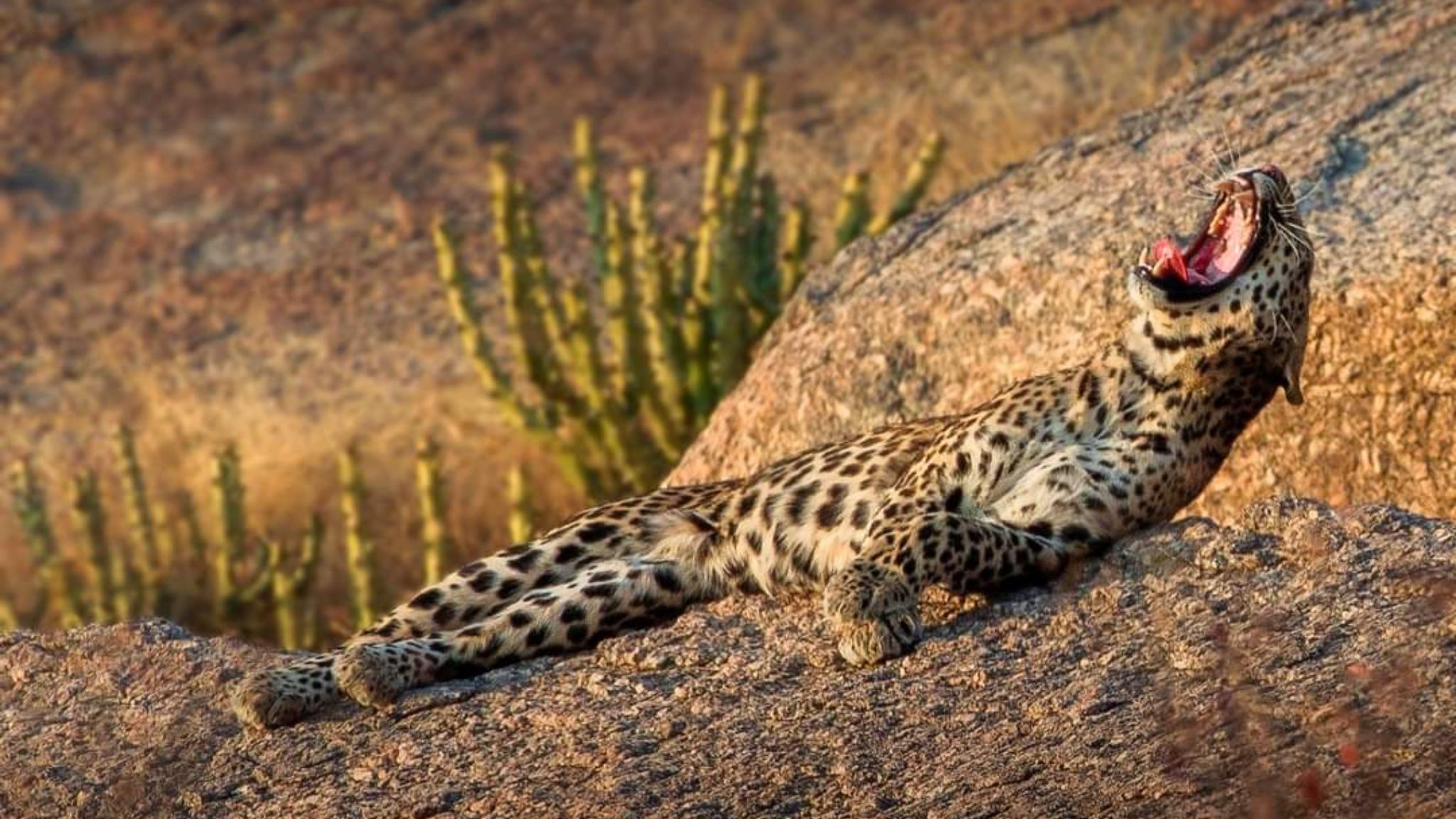
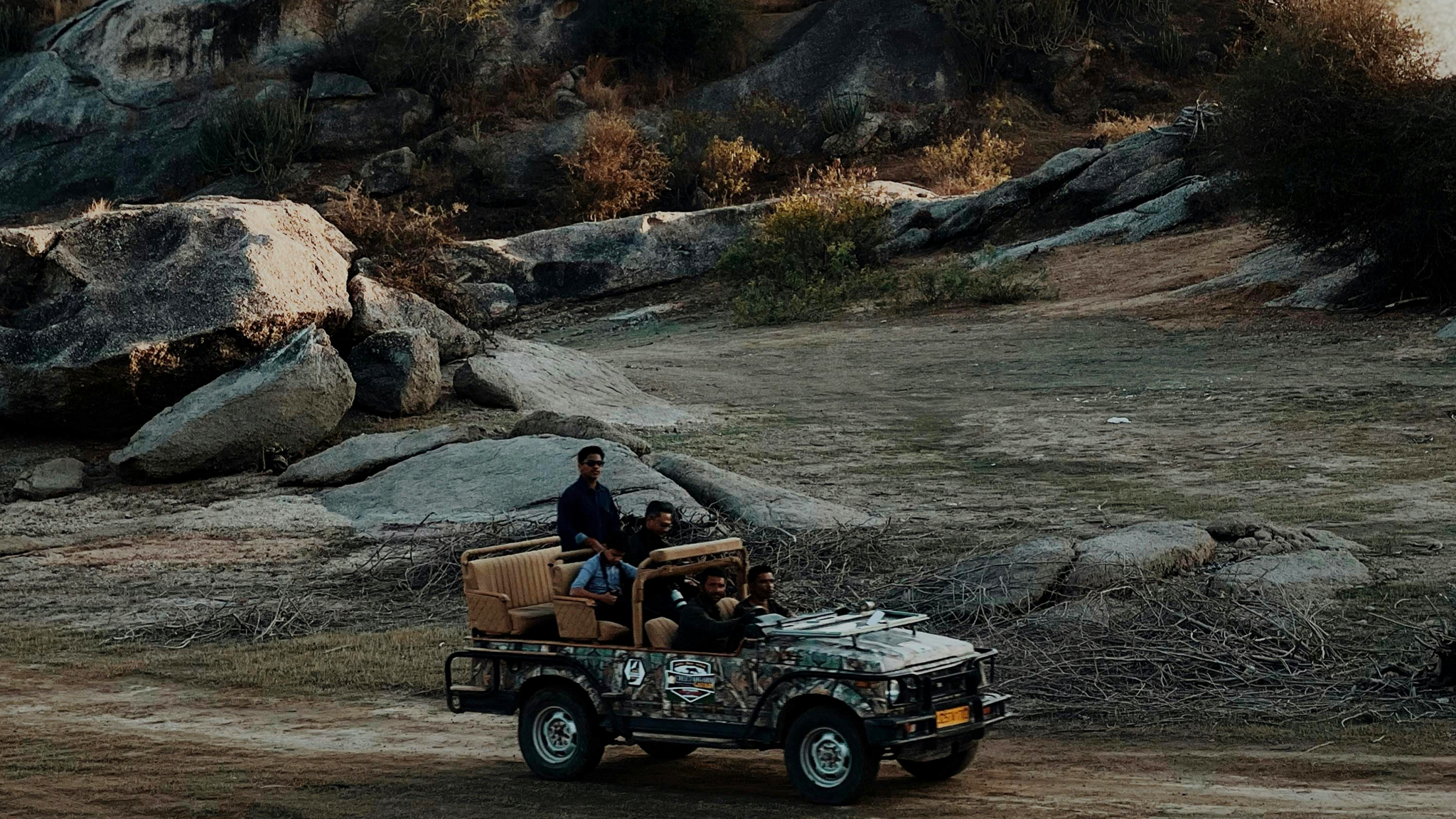
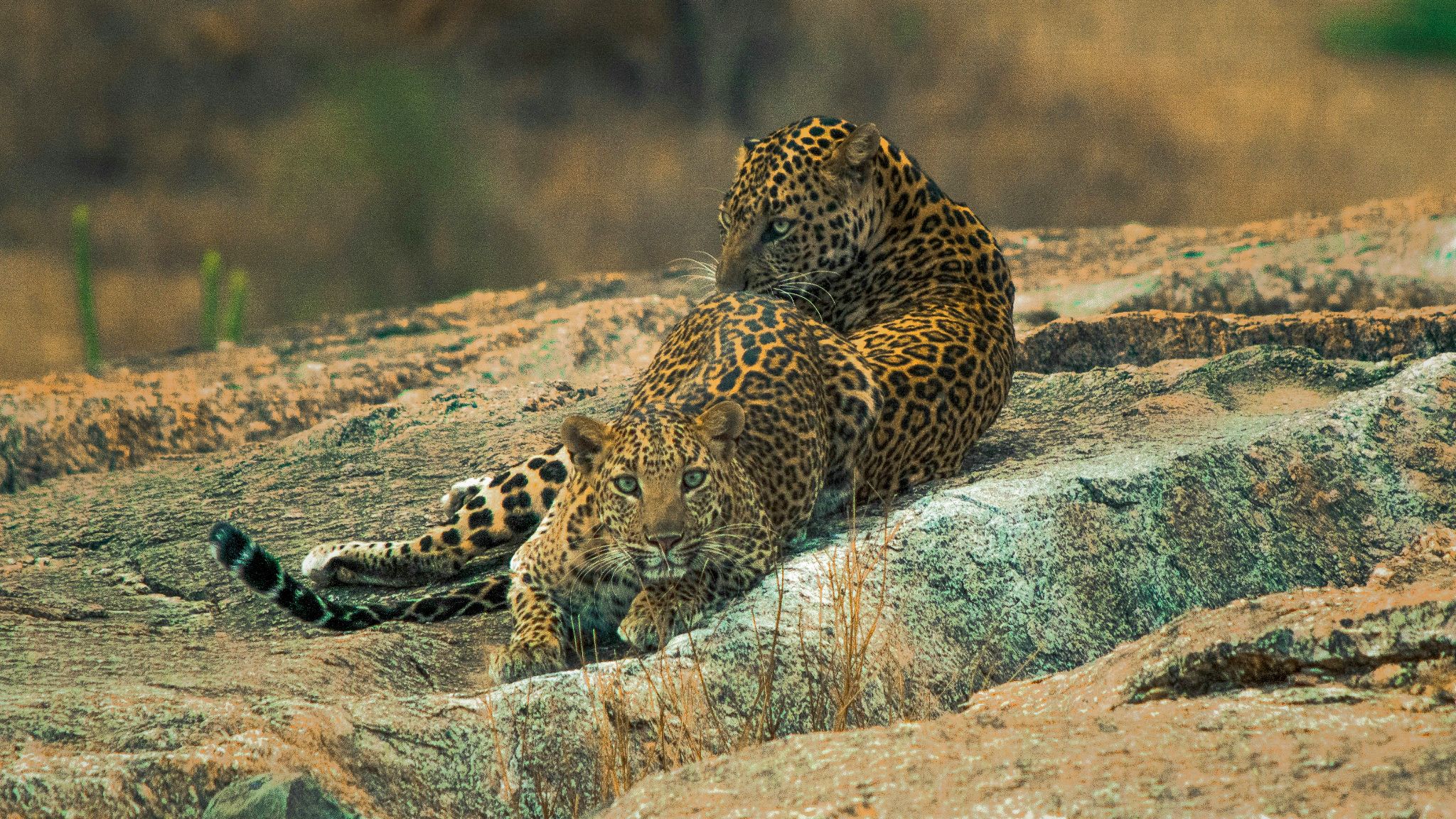
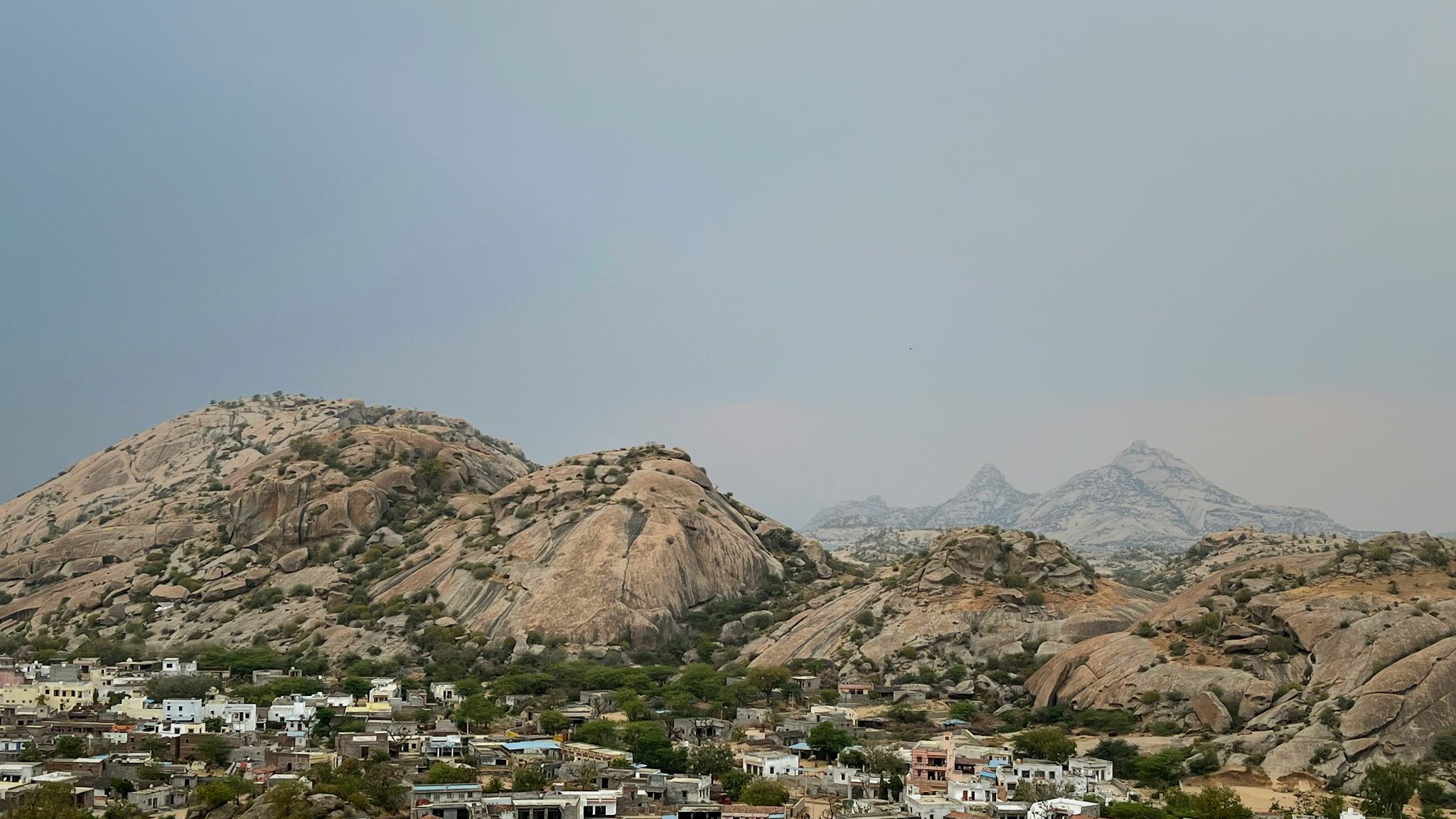
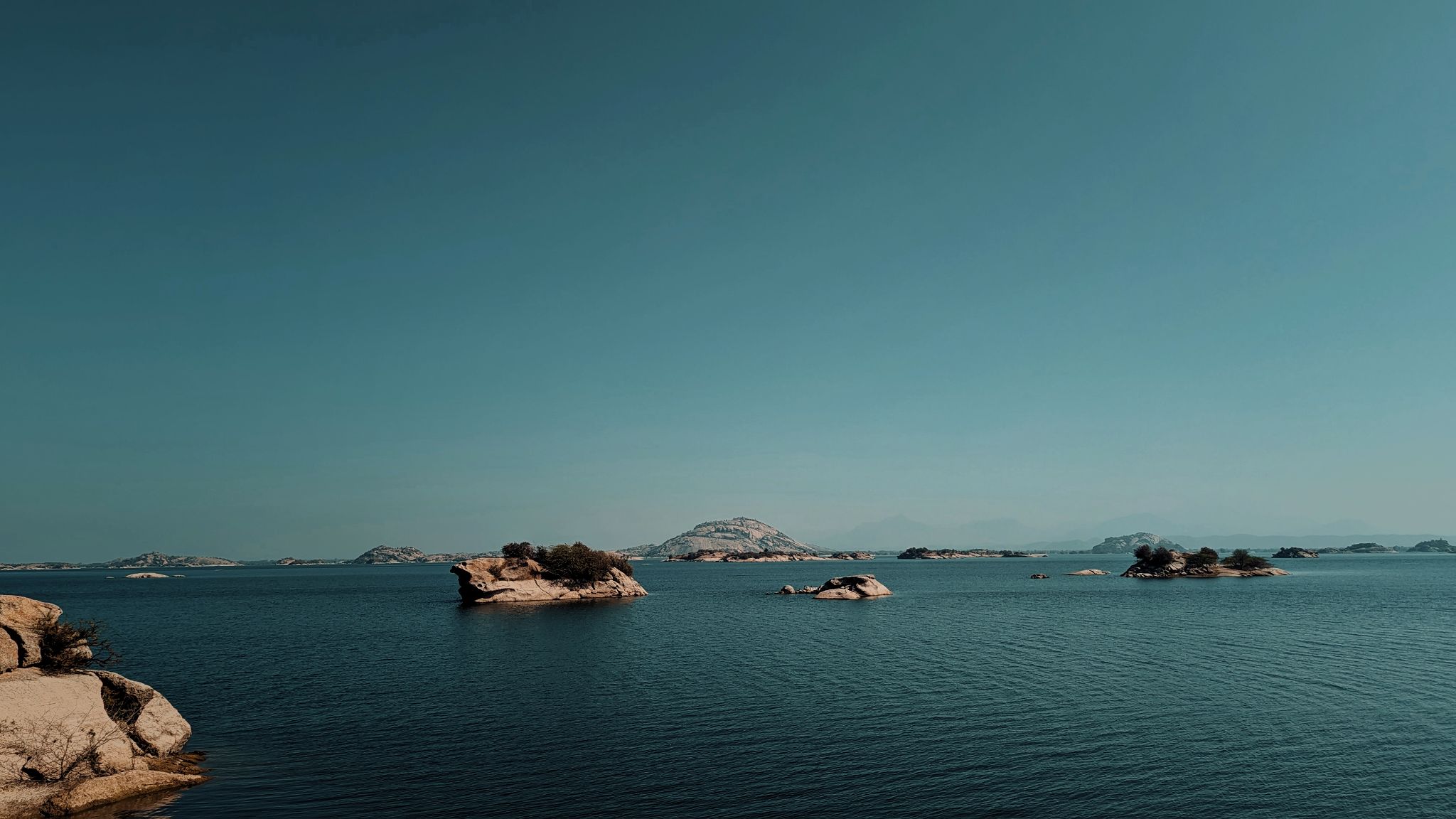
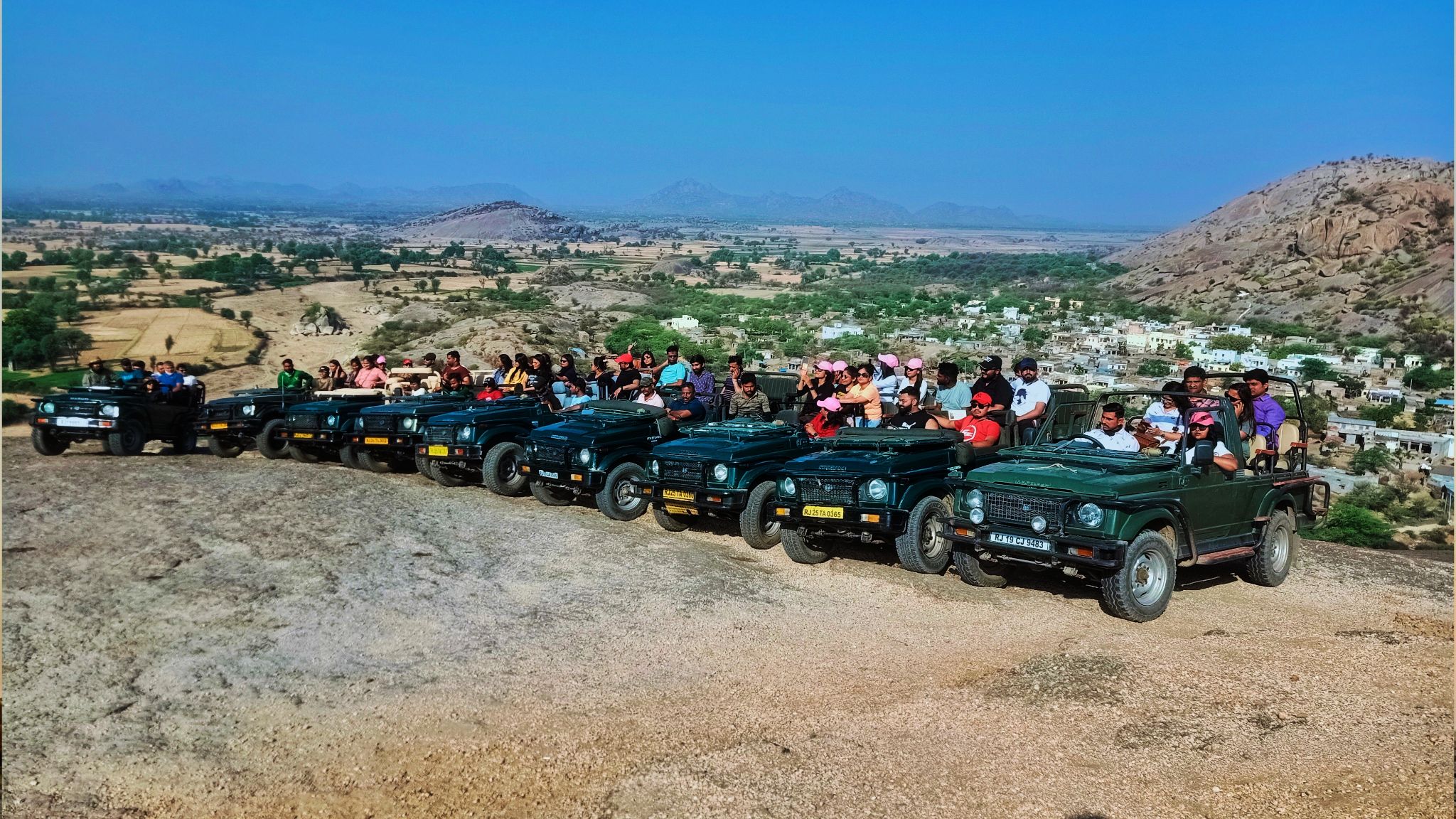
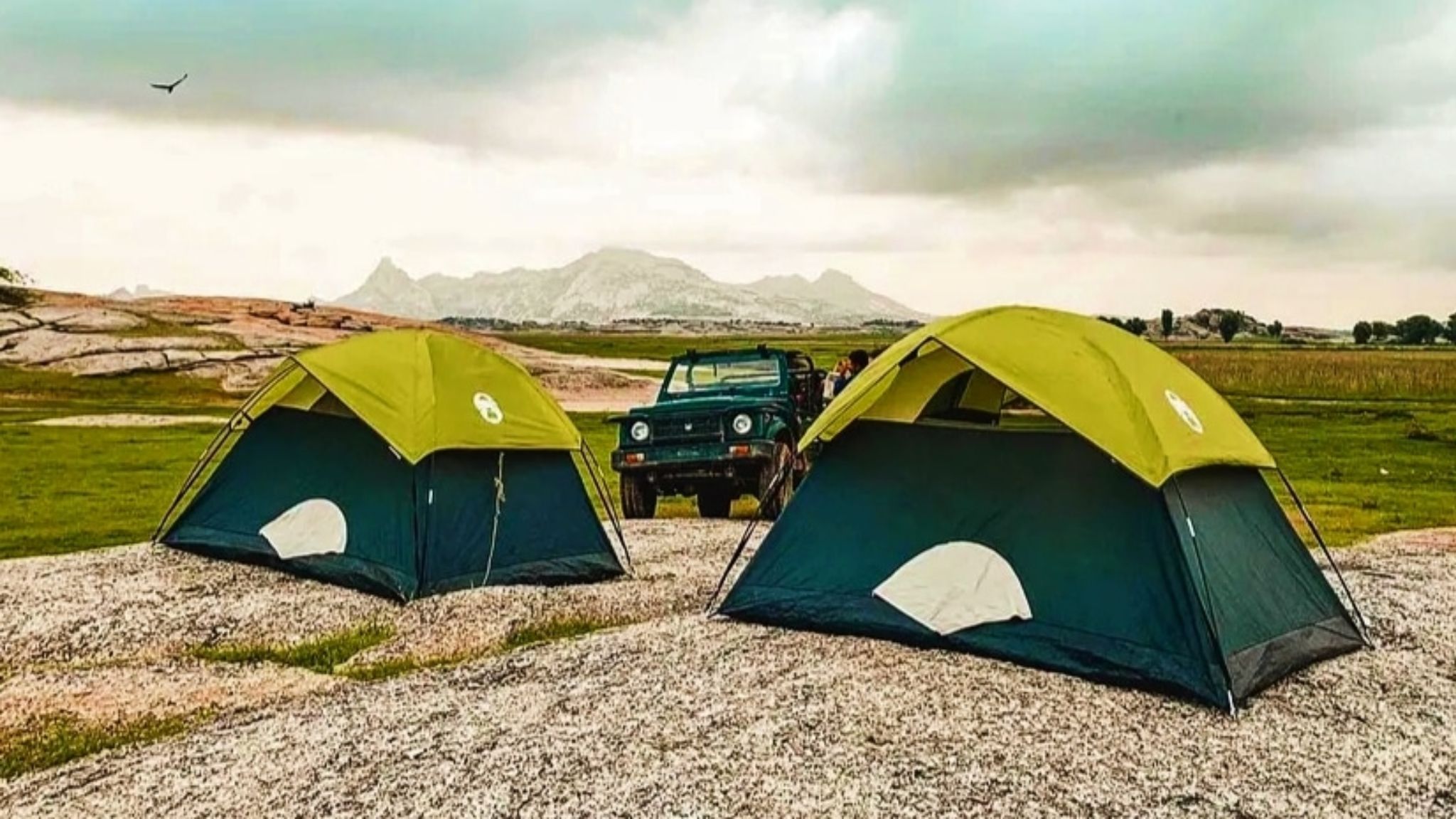
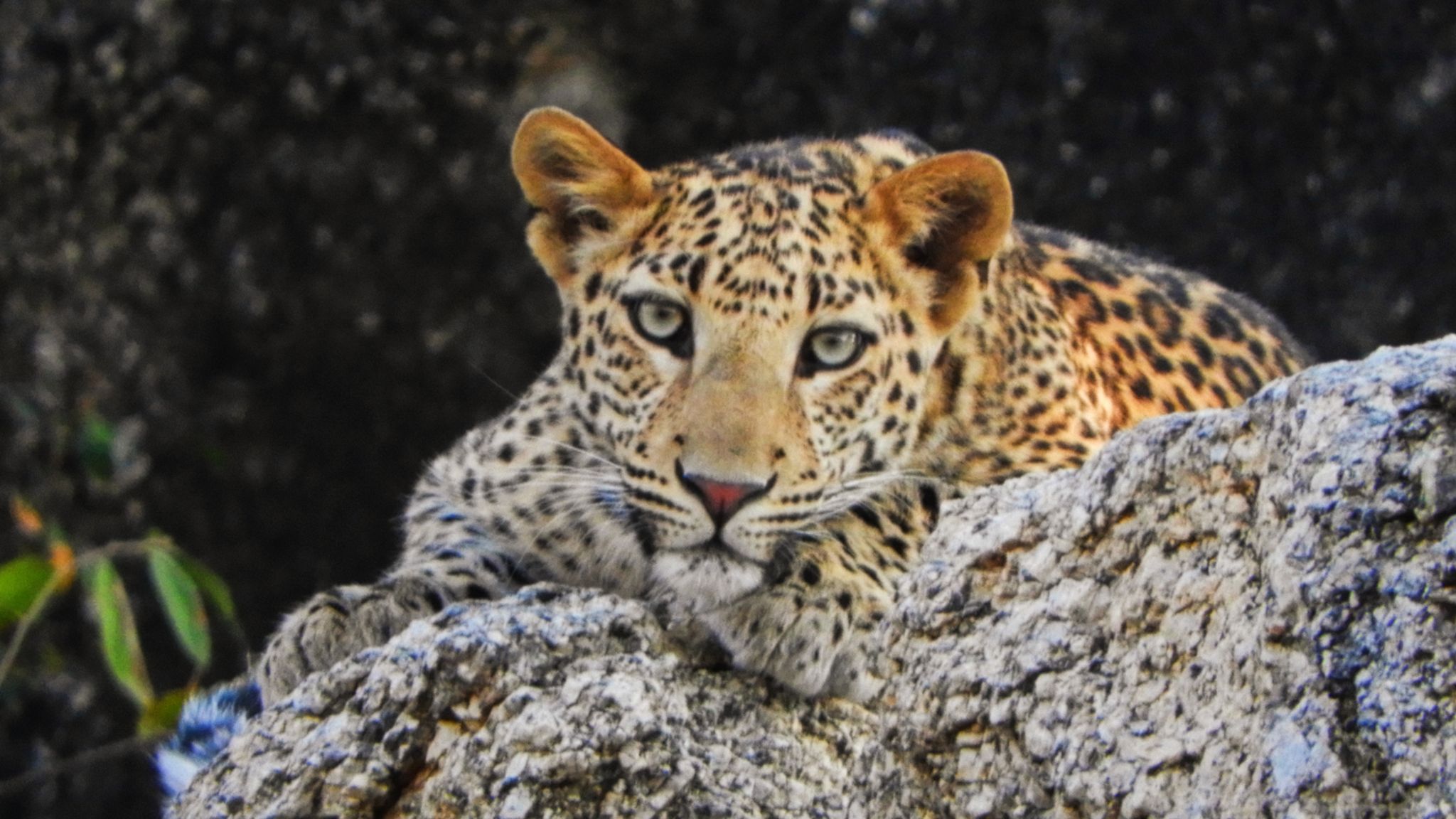

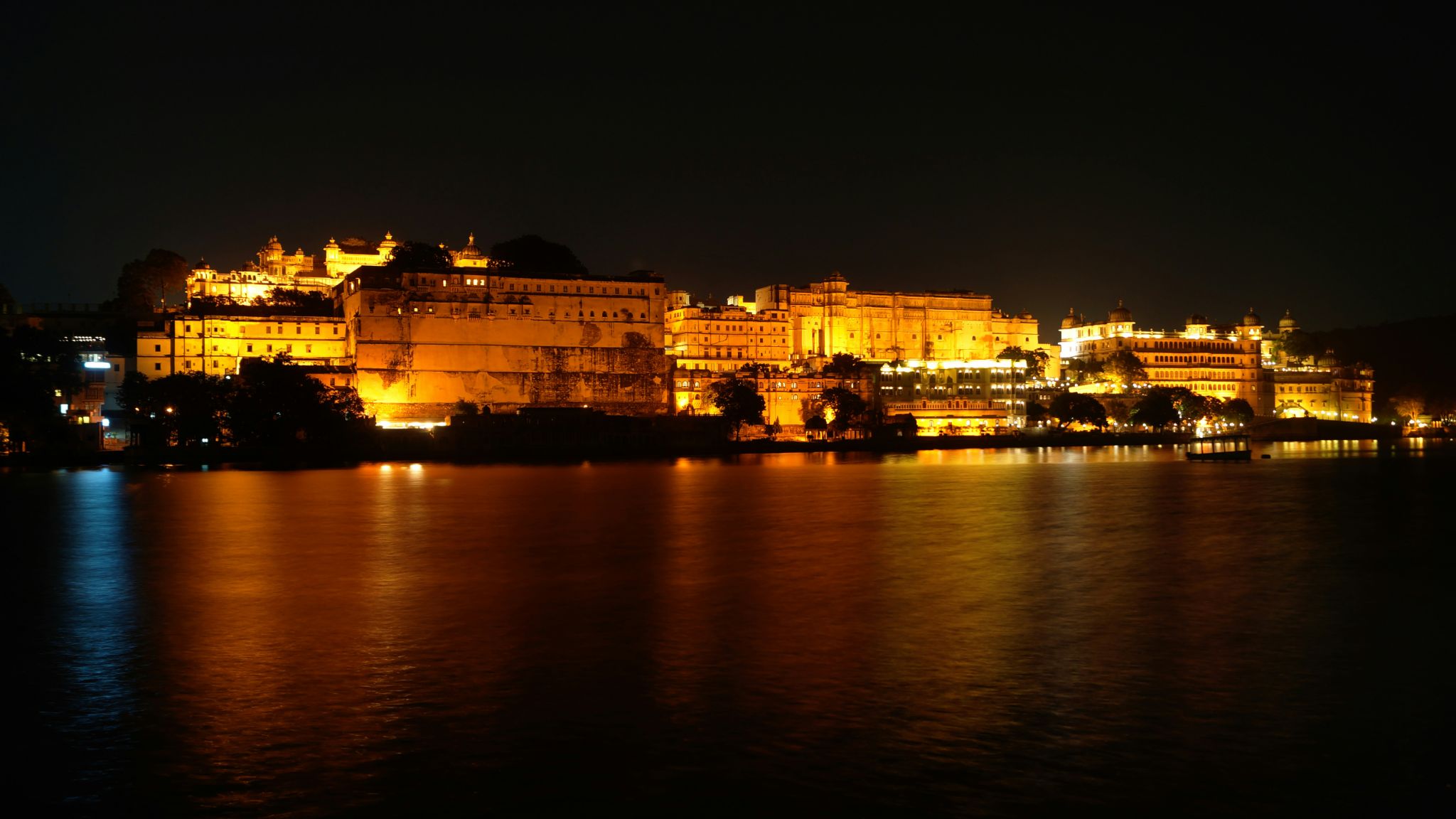
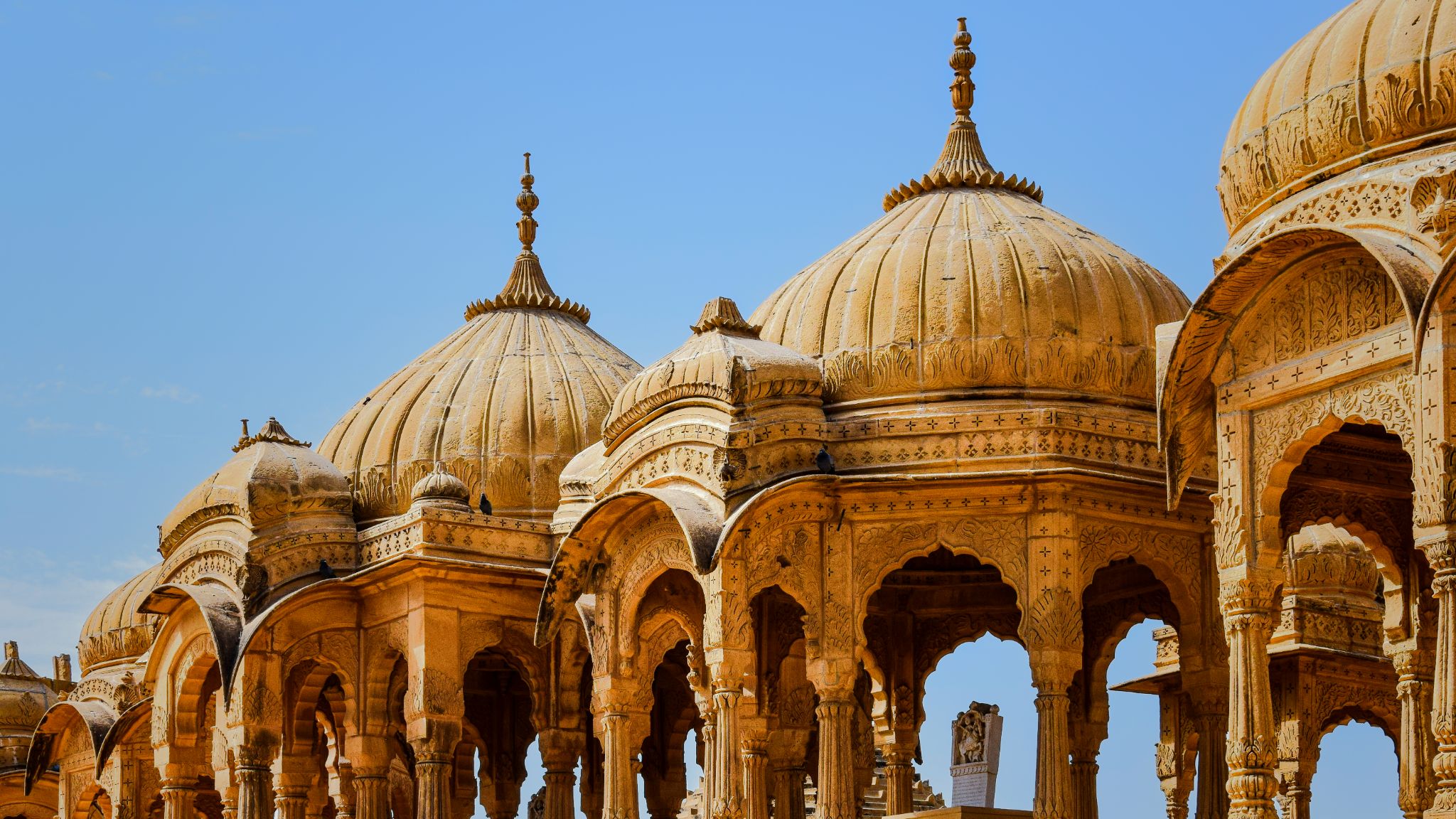
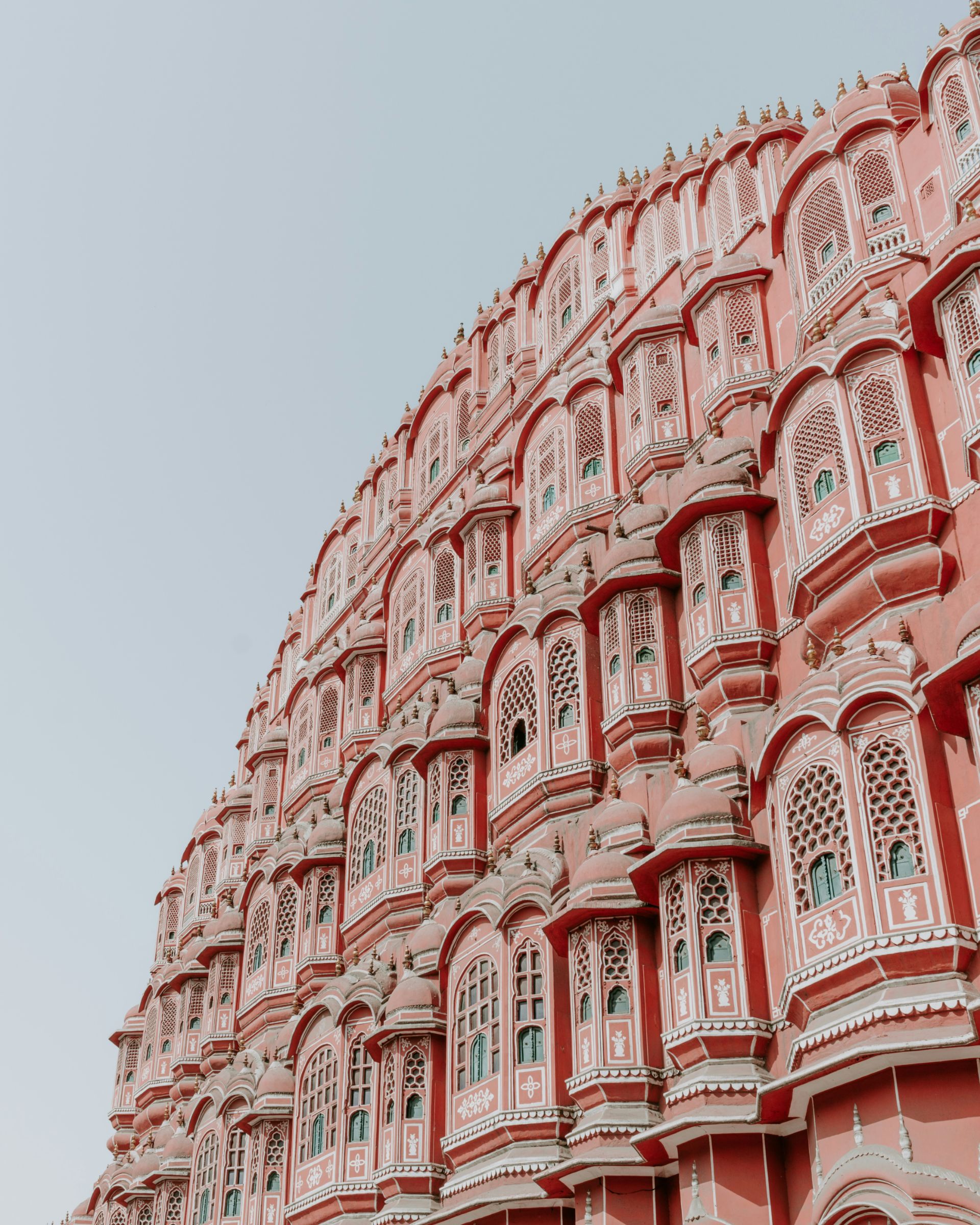
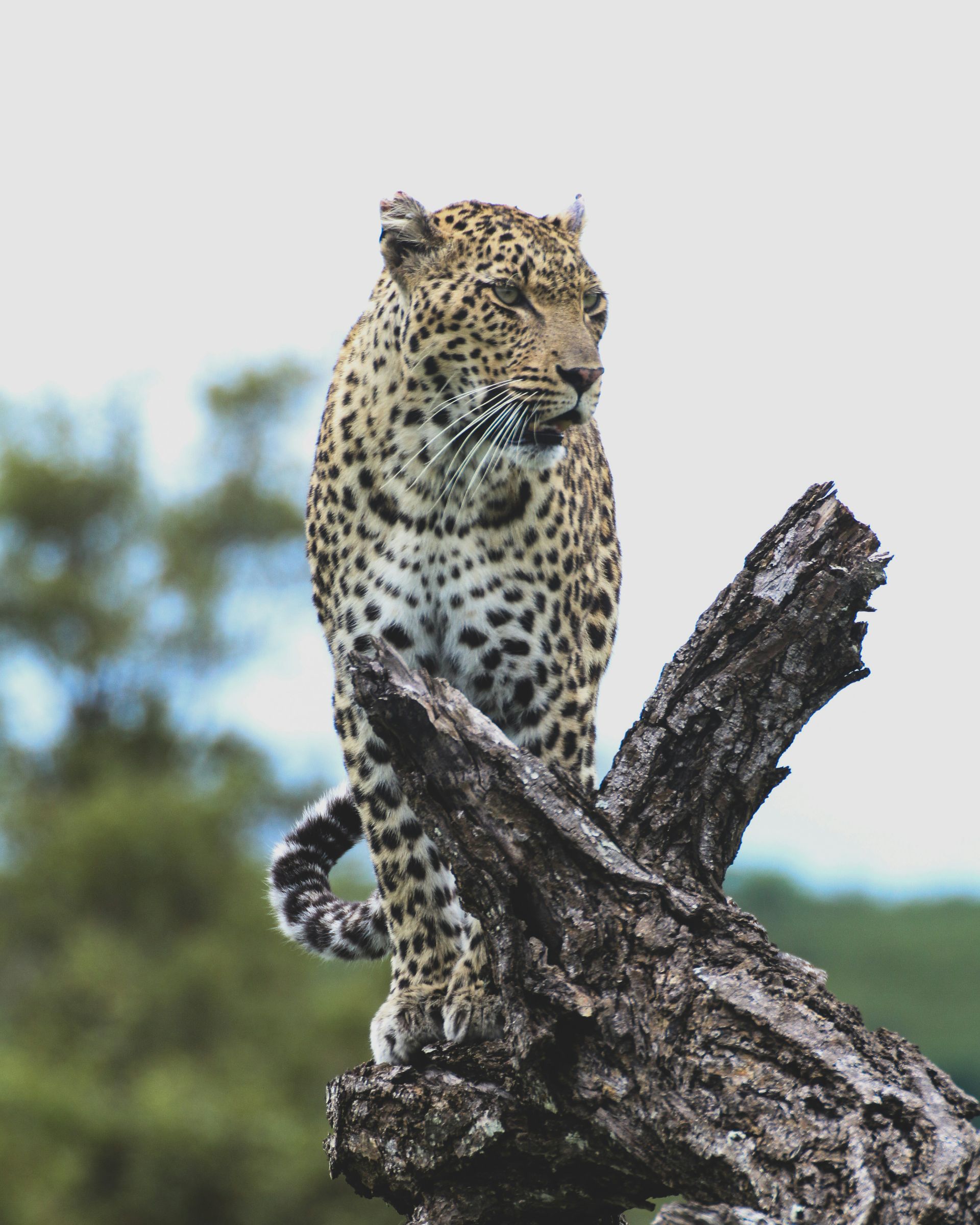
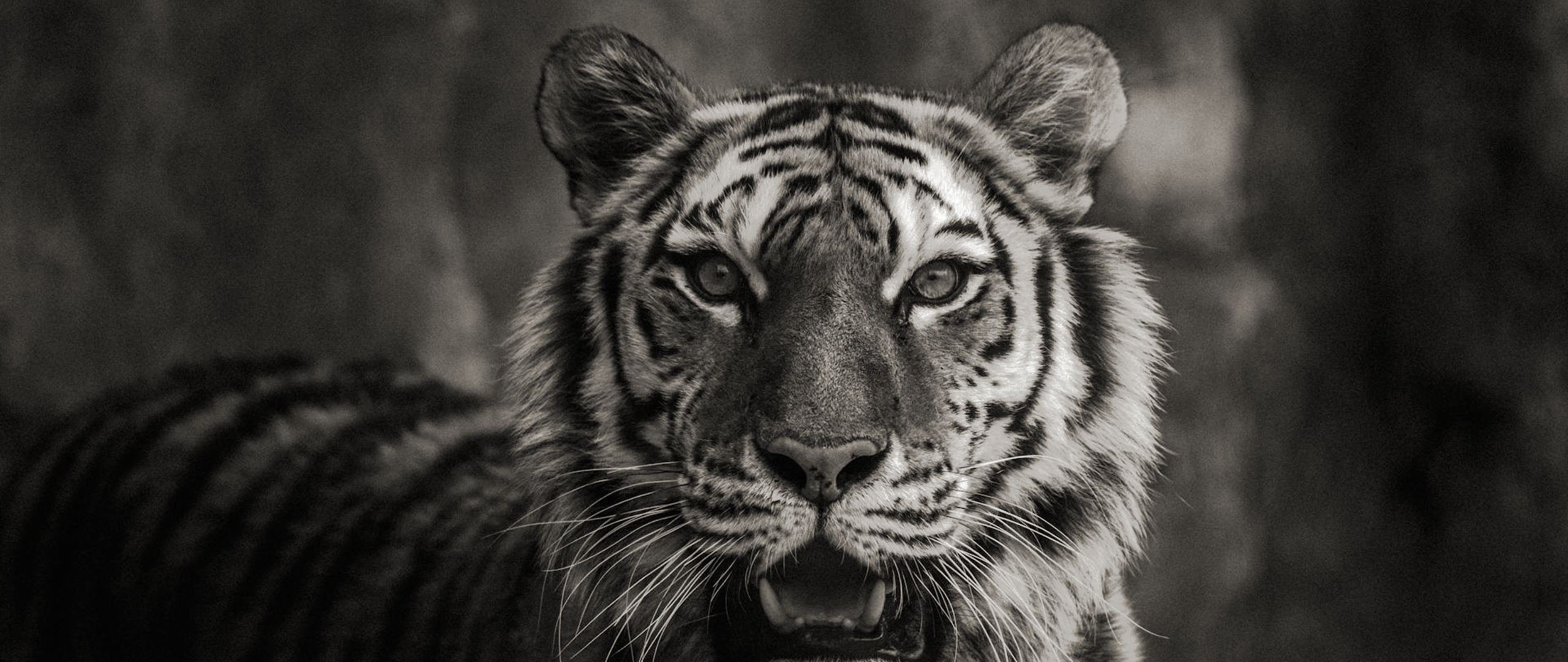
Leave a Reply